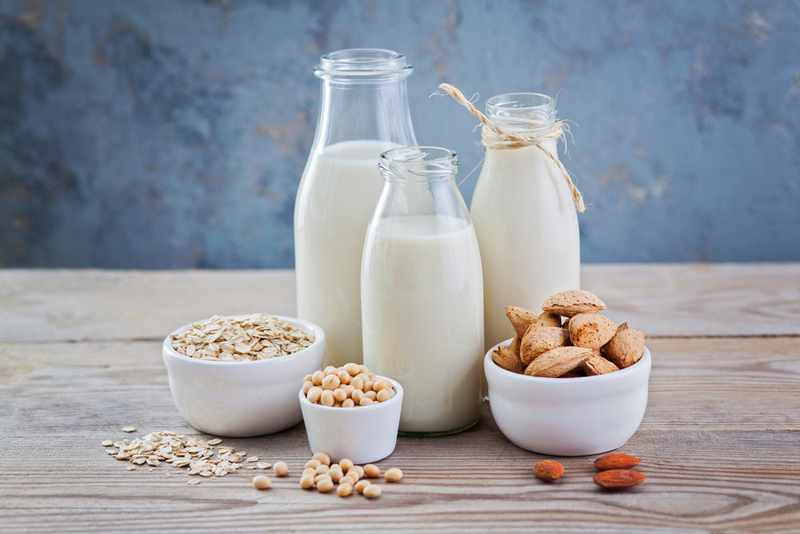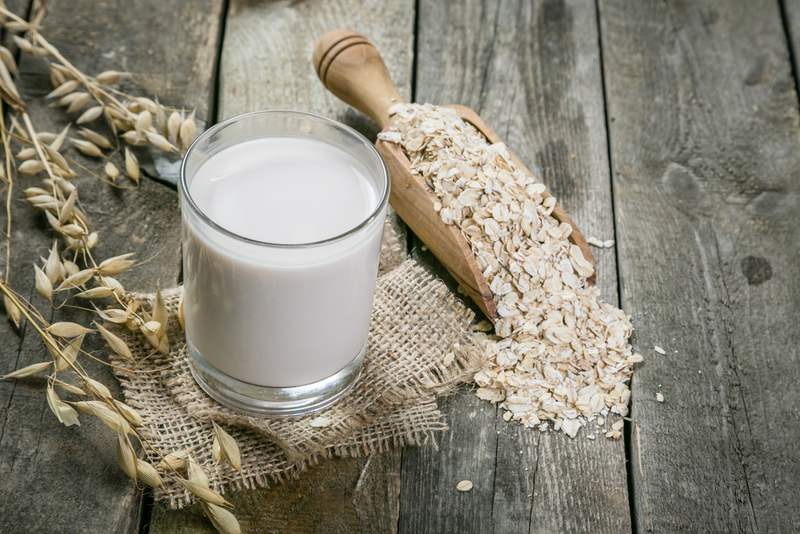
How Dairy Impacts the Environment
Despite the fact that milk production has increased over time while reducing resource use and carbon emissions, the industry’s overall environmental impact remains significant. Currently, the dairy industry contributes about 2% of the country’s GHG emissions.
Picking Your Plant-Based Alternatives
Almond, oat, soy, and rice milk are popular choices. However, the carbon footprint of various types of plant-based milk varies greatly, and eco-conscious consumers are looking for the most environmentally friendly milk option. Agriculture’s production of all foods has environmental consequences, some minor, others major, depending on which resources are impacted or used.

Rice milk, for example, requires the least amount of land of the four but produces the most greenhouse gas emissions. Meanwhile, almond milk emits the fewest greenhouse gases but consumes the most water. Both oat and soy milk falls in the middle!
Plant-based alternatives do not have a “best in all categories” option, which is true of pretty much everything food and agriculture-related. Dairy milk production uses approximately nine times more land and generates three times more greenhouse gas emissions than plant-based alternatives.
Cut Down Your Carbon Footprint
You could argue that one’s preference for alternative milk doesn’t matter as long as it’s not dairy, because plant-based milk is still more environmentally friendly overall than dairy milk. However, shoppers consider other factors, such as nutritional value. Dietary restrictions differ from person to person, and for some, avoiding dairy milk may be difficult. Limiting meat consumption, which accounts for over 50% of greenhouse gas emissions, provides the best opportunity for reducing food impacts. Beef, in particular, is the most carbon and water-intensive.